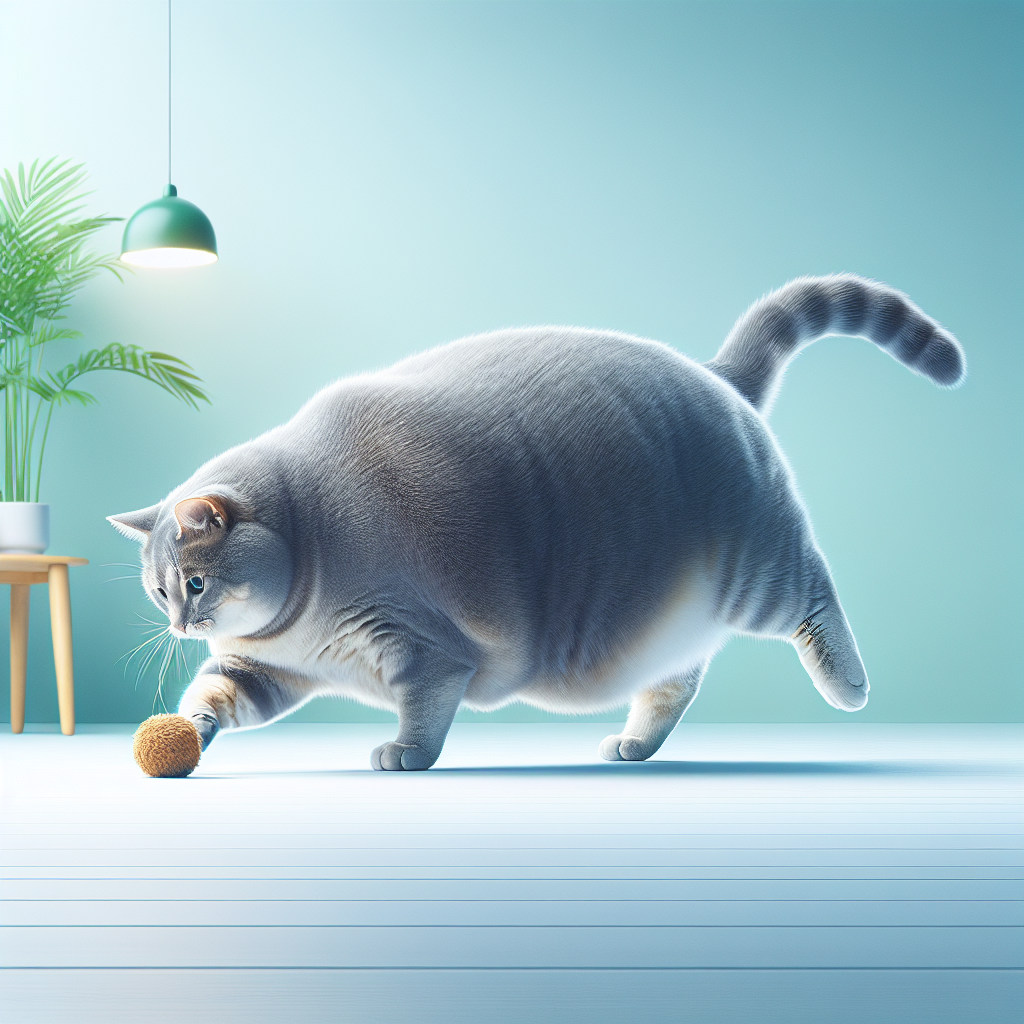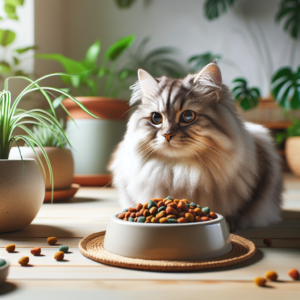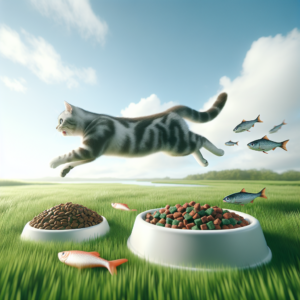
Understanding Cat Obesity
Obesity in cats is a growing concern for pet owners and veterinarians alike. It is defined as an excessive accumulation of body fat that poses a risk to the health and well-being of our feline companions. Just like in humans, obesity in cats can lead to a variety of health issues, including diabetes, arthritis, heart disease, and a decreased life expectancy. Understanding the causes and risks associated with obesity is crucial for prevention and management.
Causes of Cat Obesity
Overfeeding and Poor Diet
One of the primary causes of obesity in cats is overfeeding. Many cat owners mistakenly believe that their pets need large amounts of food to stay healthy. In reality, this can lead to an excessive caloric intake, especially when combined with treats and human food. Additionally, low-quality cat food that is high in carbohydrates and fats can contribute to weight gain.
Lack of Exercise
Cats, especially indoor ones, often have limited opportunities for physical activity. Unlike their wild counterparts, domestic cats may not hunt or roam, leading to a sedentary lifestyle. This lack of exercise is a significant factor in the development of obesity.
Genetic Factors
Some cats are predisposed to gaining weight due to their genetics. Breeds such as the Maine Coon and Persian cats tend to have a higher risk of obesity. Understanding your cat’s breed and its predisposition can help in managing their weight effectively.
Health Risks of Obesity in Cats
Obesity in cats is not just about extra weight; it comes with serious health risks. Overweight cats are at a greater risk of developing diabetes mellitus, a condition where the body cannot effectively process sugar. Obesity also puts extra strain on a cat’s joints, leading to arthritis and mobility issues. Additionally, an overweight cat is more likely to suffer from heart disease, respiratory issues, and a decreased immune function.
Prevention Strategies for Cat Obesity
Balanced Diet
Providing a balanced diet is the cornerstone of preventing obesity in cats. Choose high-quality cat food that is rich in protein and low in carbohydrates. Consider consulting your veterinarian to select the most appropriate diet for your cat’s age, weight, and activity level. Portion control is equally important; follow the feeding guidelines provided on the food packaging and adjust as necessary for your cat’s needs.
Regular Exercise
Encouraging regular exercise is essential for maintaining a healthy weight. Engage your cat in playtime activities that stimulate their natural hunting instincts. Toys such as feather wands, laser pointers, and interactive puzzles can be effective in keeping your cat active. Creating vertical spaces, like cat trees or shelves, can also encourage climbing and exploration, helping to burn calories.
Routine Veterinary Check-ups
Regular visits to the veterinarian are crucial for monitoring your cat’s weight and overall health. Your vet can provide personalized advice on diet, exercise, and any potential health concerns. Routine check-ups allow for early detection of weight-related issues and help in implementing preventive measures.
Monitoring Weight and Body Condition
Regularly monitor your cat’s weight and body condition to catch any changes early. A simple way to assess your cat’s body condition is by gently feeling their ribs and spine. In a healthy-weight cat, you should be able to feel the ribs without excess fat covering, and the waist should be discernible when viewed from above. Keep a record of your cat’s weight and seek veterinary advice if you notice any significant changes.
Dealing with an Obese Cat
If your cat is already obese, it’s important to address the issue with a comprehensive plan. Start by consulting your veterinarian to rule out any underlying medical conditions that could contribute to weight gain. Your vet may recommend a weight reduction diet, which should be implemented gradually to avoid causing stress or nutritional deficiencies.
Gradual Weight Loss
Weight loss in cats should be gradual and controlled. Rapid weight loss can lead to hepatic lipidosis, a severe liver condition. Aim for a weight loss of about 1-2% of the cat’s body weight per week. Monitor progress closely and adjust the diet and exercise plan as needed.
Behavioral Adjustments
Address any behavioral factors that may contribute to overeating. Ensure your cat has a stimulating environment to reduce boredom-related eating. Avoid using food as a primary way to show affection; instead, engage your cat in play or grooming activities.
Conclusion
Preventing obesity in cats is an essential aspect of responsible pet ownership. By understanding the causes and health risks associated with obesity, pet owners can take proactive steps to ensure their cats maintain a healthy weight. Implementing a balanced diet, encouraging regular exercise, and monitoring your cat’s weight are key strategies in preventing obesity. Remember, a healthy cat is a happy cat, and by taking these preventive measures, you are contributing to your feline friend’s overall well-being and longevity.







